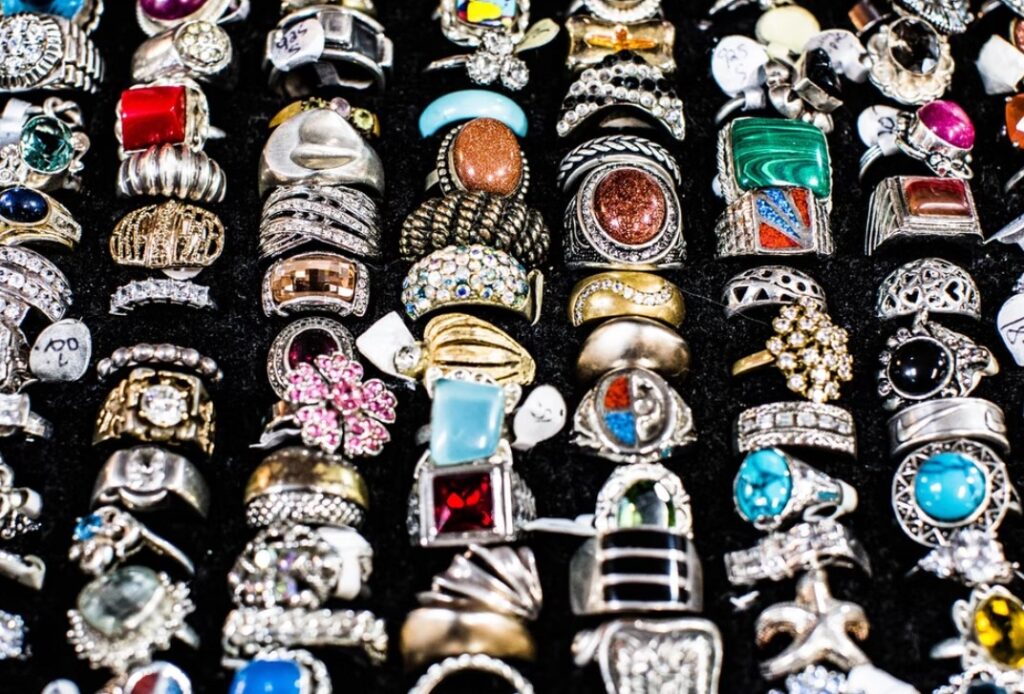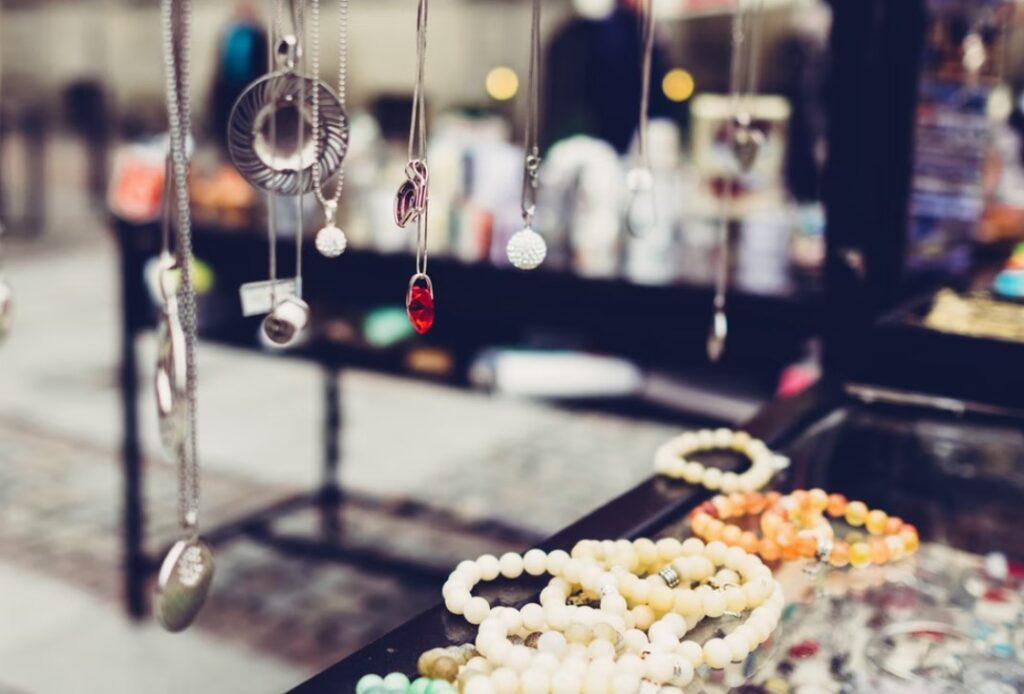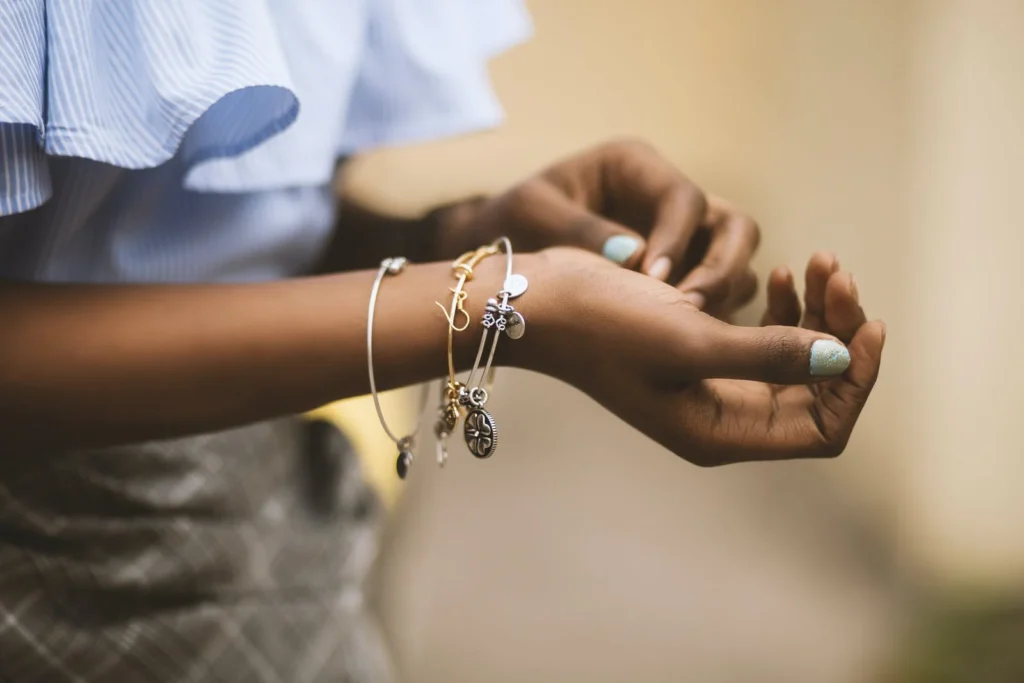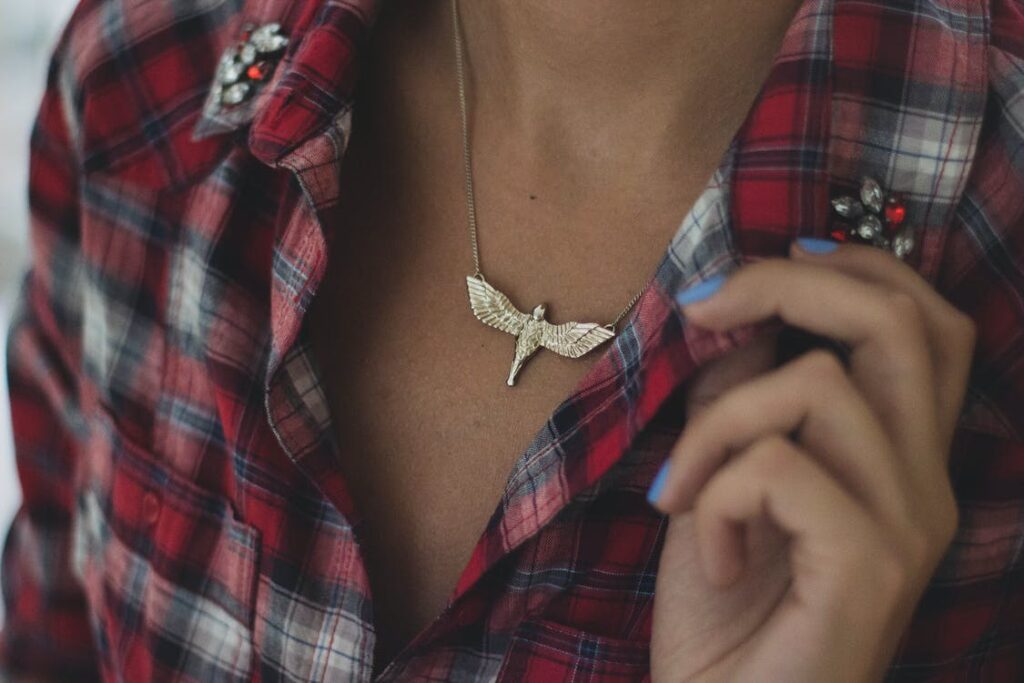For hundreds of years, people have worn jewellery as a fashion accessory, a symbol of wealth, a religious token, or a spiritual tool. Despite changes in society, fashion and hierarchy, this emotional and materialistic reasoning behind jewellery has not really been altered. Since the end of the twentieth century, however, there has been a noticeable turn in the tide which has seen jewellery delve into an area of humanity which is only recently being paid attention to.
In many ways, we could be in the midst of a changing phase of jewellery, but in order to understand exactly what this phase might be, it is first important to take a look at how exactly jewellery has developed.
The Beginning

Thousands of years ago, jewellery was created as a way to give our ancestors magical protection from malevolent forces and evil spirits. Of course, without science or religion there was no indication or reasoning behind many of the things we understand today (which is part of the reason astrology has such an early origin, with the first zodiac symbols created by the Babylonians in 1894BC).
Comprising decorative sea shells and feathers which would be entwined together, jewellery was worn in the belief that it gave the wearer a mystical power forged from the universe, allowing them to ward off invisible forces. In this way, jewellery was a token which gained its power from an unseen force and utilised to fight off a similarly unseen evil. This was not a religious or fact-based power but rather a spiritual power which was most likely based on the superstitions and vague understanding of the universe that our ancestors had at the time.
By around 4000 BC, the shells and feathers had been replaced by the use of copper and gold, a lot of which had been formed and migrated across the world from ancient Egypt. This form of jewellery was typically recognised as tiny, gold beads which were melded together to form a single necklace or bracelet.
Coming from Egypt, these were worn to bestow eternity and connection to the Sun deity, which was worshipped to show appreciation for the life and protection it offered. In this way, the concept of wearing jewellery was still highly spiritual but streamlined toward a particular deity rather than a more vague spiritual embodiment.
Religion And Power

This became even clearer after the concept of religion started. The earliest signs of recognisable, religious jewellery came in Israel. While Israeli jewellery was once brought over from Egypt and formulated to symbolise Egyptian beliefs, after the creation of the Torah, the shapes and designs became far more in tune with Jewish symbolism and values. Designs like the Star of David, the Hamsa and the Lion of Judah all demonstrated a theme of religious values and messages that were fast becoming implicit with the creation of jewellery. This became true for not only Judaism, but Christianity, Hinduism and Islam too.
While there was a power symbol that the more expensive stones would represent during this time, it was during the mediaeval ages that the wealth and status symbolism of jewellery started to become far more recognised. As the aristocracy in Europe began to grow, jewellery also began to represent a hierarchy and status-conscious society.
The royal family, who came more prominent and realised during the rise of the British empire, would use jewellery to demonstrate a level of power which set them above the countries that they were colonising. This was replicated by the higher and middle classes in Europe, who would wear more expensive and sophisticated jewellery such as gold and silver to set themselves apart from the working class, who would only be able to afford pewter or copper.
The Jewellery Today

Over the centuries, then, jewellery became an accessory to spiritualism, religion and power which has still not changed. Looking at merchants and jewellery sellers today, there is still a section of the market who will purchase jewellery based on its rarity and expense. Similarly, merchants such as the israelicenterofjudaica.com sell designs which coincide with the symbols of its religion, just in the same way Israeli merchants would have done thousands of years ago.
As mentioned earlier, however, there is another jewellery trend which is only just coming to the forefront of public awareness. This trend sees jewellery being worn to ignite and produce an emotional reaction in the wearer, purchased solely to demonstrate their emotional position and aid in the maintenance of their mental health.
Emotional And Mindful Jewellery

Today, studies have shown that people are keener on purchasing jewellery which says who they are, whether that be through zodiac signs, birthstones or mood jewellery to clarify their mental state. In this way, much like the initial use of the shells and feathers, which protected the wearers from evil spirits, jewellery today is being used to enlighten and amplify a person’s own spirits, helping them to feel more safe and secure during uncertain times.
Looking at zodiac jewellery and gemstones in particular, this form of jewellery has seen a massive rise since the early 1950s, becoming a method for men and women to feel more connected to the universe and to themselves. In the last few decades, as mental health has become a more prominent and talked about area of humanity, so too has jewellery which recognises the wearer’s place in the universe and aids with their mental turmoil and inner-demons.
While it can be seen that the predominant feature of jewellery has come full circle, we are currently in a phase of jewellery that focuses solely on mindfulness and empowerment. According to psychologist Marny Lishman, wearing mindful jewellery can be just as effective as talking about mental health, while also helping to normalise it and further eradicate its stigma. In this way, it appears that we are wearing jewellery once again that uses spiritual forces to ward off evil, but it is our own spirits and our own turmoils which jewellery is helping to aid and destroy.
 Imagup General Magazine 2024
Imagup General Magazine 2024


